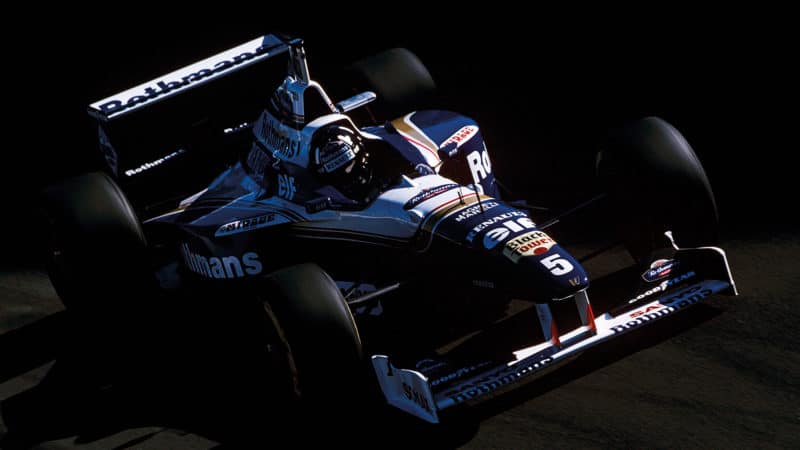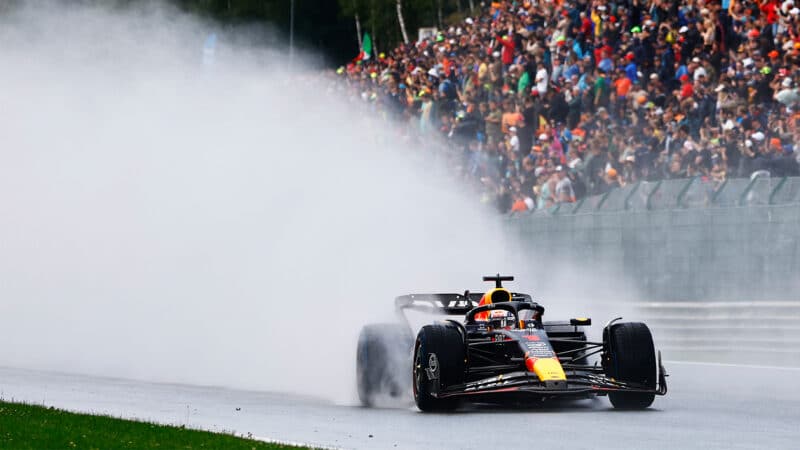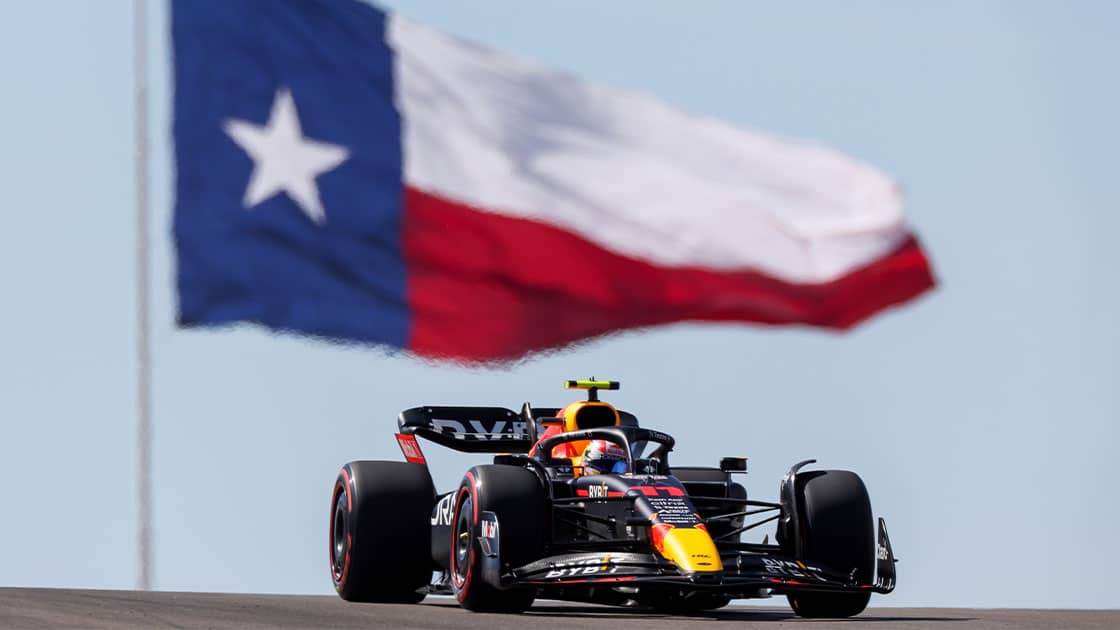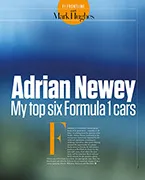It seems that McLaren understood this too late to incorporate into its season-starting car, but that it has been moving as far as it can in that direction with its developments. Which would explain its amazing boost in competitiveness of late. Especially as Ferrari and Mercedes do not seem to be on this path.
It’s happened a few times before that teams have been slow on the uptake. Once Lotus had succeeded in creating a ground effect F1 car in 1977, where were all the ground effect 1978 cars? There were only two (the Arrows/Shadow and the Wolf WR5). Once Gordon Murray had introduced a half-tank car, re-introducing planned pit stops part way through 1982, where were all the half-tank 1983 cars? There were some, but by no means all.
It’s happened to Adrian Newey before, as he explained when we interviewed him about his top six cars and he nominated the 1996 Williams FW18:
“We needed a very narrow gearbox. There was a loophole in the regulations where we could effectively take the diffuser over the top of the plank and therefore get more diffuser exit area. But the standard Williams transverse gearbox was too high for that solution. So the ‘95 car came out with that to start with. There was a lot of debate about how we should then do a narrow gearbox. I was pushing for a longitudinal box, Patrick [Head] didn’t like that idea and wanted to do a stepped geared transverse ‘box and that’s one of the very few disagreements we had technically. He prevailed on that – which was his prerogative. So we did this step-up on the transverse, raising it up out the way. That was the 17B which was first raced in Estoril ‘95. It was a very quick car and didn’t win nearly as many races as it should have – through driving mistakes frankly.

The 1996 Williams FW18: a Newey favourite
Getty Images
“I was worried that over the winter with everyone having seen the pace of the 17B that we’d lose our benefit. But remarkably very few people did – particularly our main rivals Ferrari and McLaren, who missed what we’d done completely.”
It’s not always obvious where the breakthroughs in understanding have been made elsewhere, especially when you are focused flat-out on your own development direction. But for the 2024 cars surely everyone will have woken up and smelt the coffee?

 Red Bull’s RB18 was dominant, so why didn’t other teams try to replicate its success?
Red Bull’s RB18 was dominant, so why didn’t other teams try to replicate its success?

